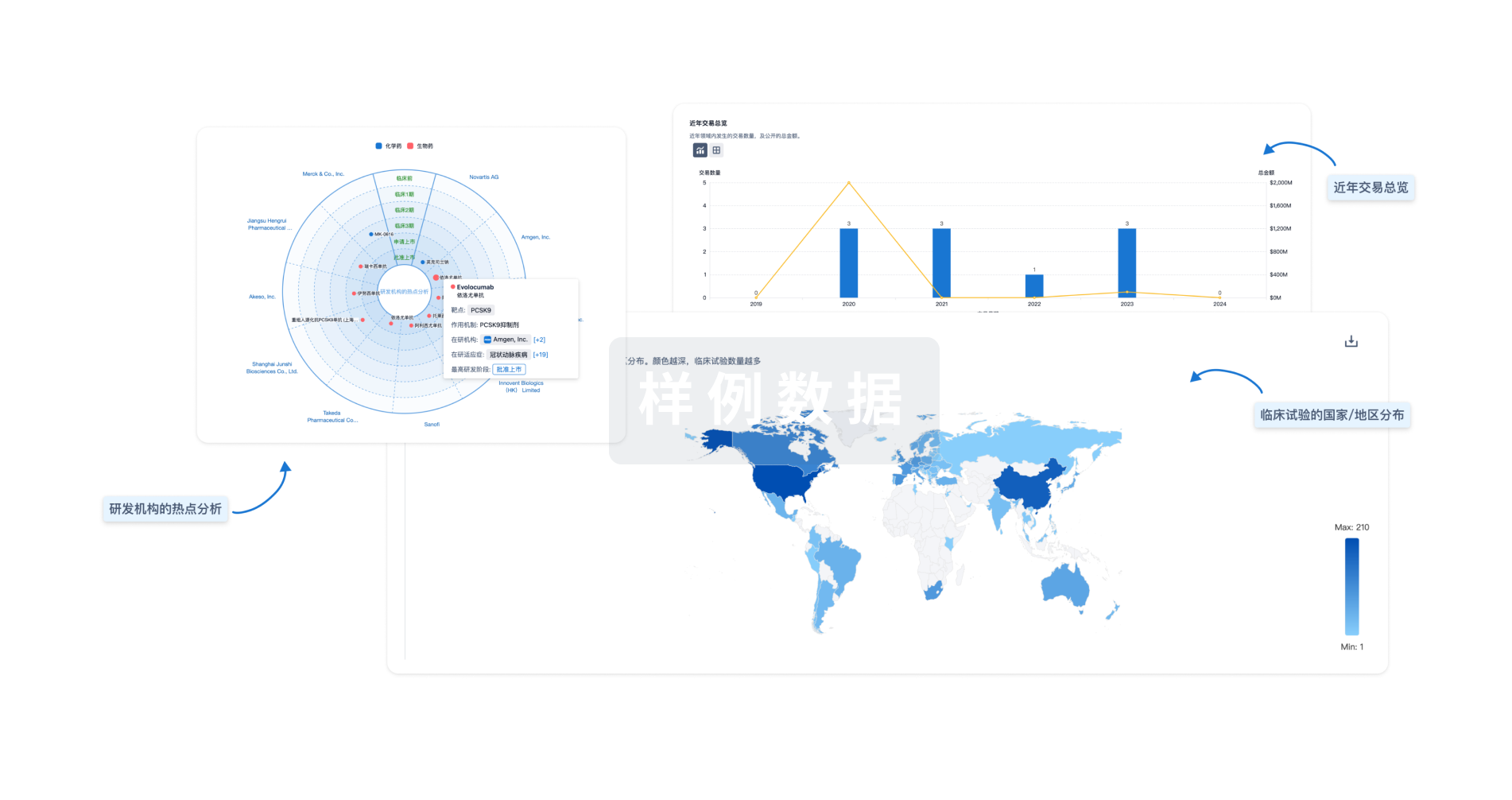预约演示
更新于:2025-05-07
COX4I1
更新于:2025-05-07
基本信息
别名 COX IV-1、COX4、COX4-1 + [7] |
简介 Component of the cytochrome c oxidase, the last enzyme in the mitochondrial electron transport chain which drives oxidative phosphorylation. The respiratory chain contains 3 multisubunit complexes succinate dehydrogenase (complex II, CII), ubiquinol-cytochrome c oxidoreductase (cytochrome b-c1 complex, complex III, CIII) and cytochrome c oxidase (complex IV, CIV), that cooperate to transfer electrons derived from NADH and succinate to molecular oxygen, creating an electrochemical gradient over the inner membrane that drives transmembrane transport and the ATP synthase. Cytochrome c oxidase is the component of the respiratory chain that catalyzes the reduction of oxygen to water. Electrons originating from reduced cytochrome c in the intermembrane space (IMS) are transferred via the dinuclear copper A center (CU(A)) of subunit 2 and heme A of subunit 1 to the active site in subunit 1, a binuclear center (BNC) formed by heme A3 and copper B (CU(B)). The BNC reduces molecular oxygen to 2 water molecules using 4 electrons from cytochrome c in the IMS and 4 protons from the mitochondrial matrix. |
关联
100 项与 COX4I1 相关的临床结果
登录后查看更多信息
100 项与 COX4I1 相关的转化医学
登录后查看更多信息
0 项与 COX4I1 相关的专利(医药)
登录后查看更多信息
563
项与 COX4I1 相关的文献(医药)2025-04-01·Kidney Medicine
Resistance-Based Muscle Therapy, Frailty, and Muscle Biopsy Findings in Kidney Transplant Candidates: A Clinical Trial
Article
作者: Hachaj, Greg ; Tzvetanov, Ivo ; Di Cocco, Pierpaolo ; Gallon, Lorenzo ; Santi, Ilaria ; Bianco, Francesco ; Spaggiari, Mario ; Benedetti, Enrico ; Almario, Jorge ; Kumar, Sandeep ; Bartlett, Stephen T ; Wilund, Kenneth R ; Motl, Robert W ; Hajjiri, Zahraa ; Rana, Ajay
2025-03-01·Proceedings of the Royal Society B: Biological Sciences
Insufficient wing development possibly contributes to flightlessness of the silkworm
Bombyx mori
during domestication
Article
作者: Gao, Yulin ; Cheng, Yunlong ; Meng, Jun ; Feng, Qili ; Wu, Xi ; Chen, Jiehui ; Xue, Han ; Xiang, Hui ; Lin, Yongjian ; Fu, Zhiyuan ; Du, Erxia ; Wang, Man
2025-02-09·Zhonghua kou qiang yi xue za zhi = Zhonghua kouqiang yixue zazhi = Chinese journal of stomatology
[Artificial light at night effects glucose metabolism in the developing jawbone by inhibiting melatonin secretion].
Article
作者: Chen, L L ; Yin, Y ; Tang, Q M
1
项与 COX4I1 相关的新闻(医药)2023-11-27
肺鳞癌(Lung squamous cell carcinoma, LUSC)约占非小细胞肺癌的30%。目前,LUSC的主要治疗手段有化疗,放疗,免疫治疗以及靶向治疗,而目前靶向治疗LUSC治疗效果差,具有严重的不良事件,而免疫治疗的应答率相对较低,急需发现新靶标及治疗新策略。
HsClpP作为线粒体基质中的一种高度保守的丝氨酸蛋白酶,在AAA+ atp酶伴侣ClpX的生理调节下,通过降解错误折叠和受损蛋白负责线粒体蛋白组的稳态。HsClpP在多种肿瘤组织中高表达,在几种类型的癌症中还具有致癌性,其激动剂是目前靶向ClpP抗肿瘤的重要途径。然而,已知HsClpP激动剂由于靶向性不强也可激活肠道微生物的ClpP,在LUSC治疗期间导致了副作用产生,实现HsClpP的选择性激活具有挑战性。
为了获得具有潜在选择性的ClpP激动剂,来自上海药物所和生化细胞所的研究团队使用基于荧光强度的蛋白酶活性测定系统,对包含3,896种化合物的小分子库进行高通量筛选发现BX471(已知CCR1选择性拮抗剂)在HsClpP上表现出较好的激活作用。通过对其结构优化,得到了ZK11和ZK53;与BX471相比,ZK53在HsClpP上的活性显著提高,对HsClpP水解α-酪蛋白的EC50为1.37 μM,且ZK53对SaClpP和大肠杆菌ClpP (EcClpP)的激活较小,表明ZK53是一个具有选择性的HsClpP激动剂,对细菌ClpP的影响很小。
研究人员对人ClpP与ZK53配合物的晶体进行了解析,发现ZK53中的3,5-二氟苯基基序与HsClpP中的W146侧链之间存在π-π堆叠效应,这种效应稳定了ZK53与HsClpP的结合。而SaClpP中相应的I91不可能提供类似的效果,从而削弱了ZK53与SaClpP的结合。
为了验证结构中的互作,他们将HsClpP中的W146突变为I146,并构建了SaClpP的I91W突变体,发现ZK11和ZK53对W146I HsClpP的激活明显减弱,而ZK11和ZK53对I91W SaClpP的激活明显增强。为了进一步探究活性的变化是否由于激动剂与靶蛋白酶之间的结合亲和力的变化所引起的,他们利用DSF实验(差示扫描荧光法)再次明确了ZK53与 HsClpP突变体结合显著降低,而与I91W SaClpP的结合则增加。上述结果表明ZK53在HsClpP上的选择性活化主要依赖于配体中二氟苯基部分与HsClpP中W146残基之间的疏水π-π堆叠效应。
为了探究HsClpP的激活是否能够在LUSC中同样表现出抗癌作用,他们将多西环素(Dox)诱导的Y118A HsClpP慢病毒转入LUSC细胞中,并在克隆实验中评估HsClpP激活的长期效应。如上图所示,Dox诱导的Y118A HsClpP过表达阻碍了LUSC细胞的克隆增殖能力。此外,Y118A HsClpP过表达显著抑制SK- MES-1、H226和H1703 LUSC细胞系的细胞增殖,抑制Balb/c裸鼠异种移植H1703细胞的肿瘤生长。这些数据表明异常激活HsClpP可以抑制LUSC细胞的增殖和肿瘤发生,使其成为一种有希望的LUSC治疗策略。
MTT实验中ZK11和ZK53以剂量依赖的方式抑制LUSC细胞活力,而ZK53表现出比ZK11强4倍的抑制作用。此外,ZK53不会诱导非恶性细胞(如人肺成纤维细胞MRC-5细胞)凋亡。提示HsClpP激动剂ZK53对LUSC细胞具有很强的抗增殖作用,并且其在正常肺组织中具有较低的细胞毒性。
由于HsClpP的过表达会扰乱线粒体的稳态,他们评估了ZK53对LUSC细胞中线粒体蛋白质组的影响。ZK53以剂量依赖的方式触发多个线粒体呼吸链蛋白复合物的大量减少,包括NDUFB8、SDHA、UQCRC2和COXIV等,从而扰乱线粒体蛋白的稳态;将ClpP敲低则阻止了ZK53诱导的线粒体蛋白不受控制的降解,表明ZK53在LUSC细胞中对线粒体蛋白的降解依赖于HsClpP。研究者还测试了ZK53处理对线粒体ROS的影响,并观察到其在LUSC细胞中显著增加。总体来看,ZK53靶向HsClpP并导致LUSC细胞线粒体功能严重失调。
为了更好地了解ZK53对LUSC细胞系抗增殖作用的分子机制,他们对1 μM ZK53处理后的H1703细胞进行了转录组全RNA测序分析(RNA-seq)。KEGG富集分析显示,ZK53处理显著下调了E2F。进一步qPCR分析证实H1703细胞中ZK53存在时,E2F靶基因的转录量呈剂量依赖性降低。为了进一步验证ZK53对E2F的抑制作用,他们使用免疫印迹法检测Rb磷酸化和负责Rb磷酸化的蛋白水平,发现ZK53处理导致H1703细胞中Rb上的S795、T826和S807/811磷酸化显著降低,是E2F靶基因减少的部分原因。进一步,为了研究ATM激活在ZK53处理的H1703细胞中的作用,他们通过KU-55933特异性抑制ATM活性。KU-55933处理抑制了ZK53处理导致的p-ATM磷酸化升高,降低了ATM的两种底物p-CHK2和γ-H2AX,说明ZK53诱导的p-CHK2和γ-H2AX的增加主要是通过ATM信号通路介导的。此外,经KU-55933和AZD1390这两种ATM抑制剂处理都显著减轻了ZK53对H1703细胞的抗增殖作用,这表明ZK53激活ATM介导的DDR并阻碍H1703细胞的增殖。
在H1703细胞接种裸鼠的体内模型中,可以观察到ZK53治疗组的肿瘤体积和重量比对照显著减小;Ki67染色显示,ZK53治疗显著抑制了肿瘤中LUSC细胞的增殖。为了显示研究的临床相关性,他们还在基因工程小鼠模型上评估了ZK53的抗癌作用,通过对LUSC(肺鳞癌)生物标志物p40、SOX2、KRT5和LUAD(肺腺癌)生物标志物TTF1的组织病理学分析和免疫染色分析,发现ZK53处理显著抑制了这些小鼠LUSC的发展,而对小鼠LUAD的发展有轻微的抑制。Ki67免疫染色结果进一步显示,ZK53处理后LUSC细胞增殖明显受到抑制。这些结果突出了HsClpP激动剂ZK53在体内对LUSC细胞肿瘤生长的潜在治疗作用。
综上,这项研究开发了一种具有新颖骨架结构的HsClpP选择性小分子激动剂ZK53,其通过靶向激动肺鳞癌细胞内的HsClpP,干扰线粒体正常功能,同时通过抑制E2F靶点和激活ATM介导的DDR,在LUSC细胞中引起细胞周期阻滞,抑制LUSC细胞增殖。该团队还开展了通过激动HsClpP抑制肺鳞癌发生发展的抗肿瘤活性研究,为肺鳞癌的治疗提供有前景的策略。
参考文献:Lin-Lin Zhou, Tao Zhang , Yun Xue, Chuan Yue, et al. Selective activator of human ClpP triggers cell cycle arrest to inhibit lung squamous cell carcinoma. Nat Commun. 2023 Nov 3;14(1):7069. doi: 10.1038/s41467-023-42784-4.
内容来源于网络,如有侵权,请联系删除。
免疫疗法
分析
对领域进行一次全面的分析。
登录
或

生物医药百科问答
全新生物医药AI Agent 覆盖科研全链路,让突破性发现快人一步
立即开始免费试用!
智慧芽新药情报库是智慧芽专为生命科学人士构建的基于AI的创新药情报平台,助您全方位提升您的研发与决策效率。
立即开始数据试用!
智慧芽新药库数据也通过智慧芽数据服务平台,以API或者数据包形式对外开放,助您更加充分利用智慧芽新药情报信息。
生物序列数据库
生物药研发创新
免费使用
化学结构数据库
小分子化药研发创新
免费使用